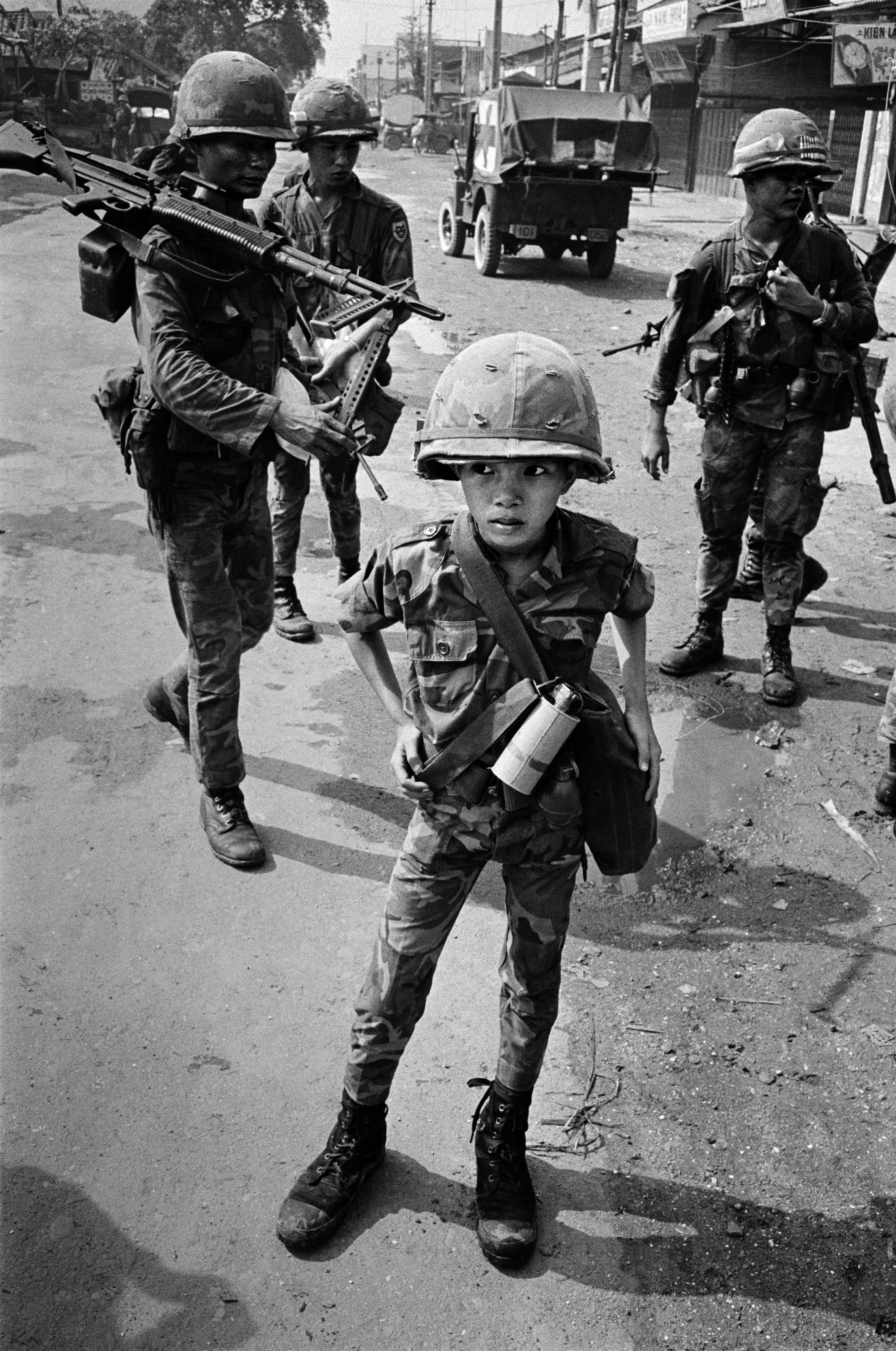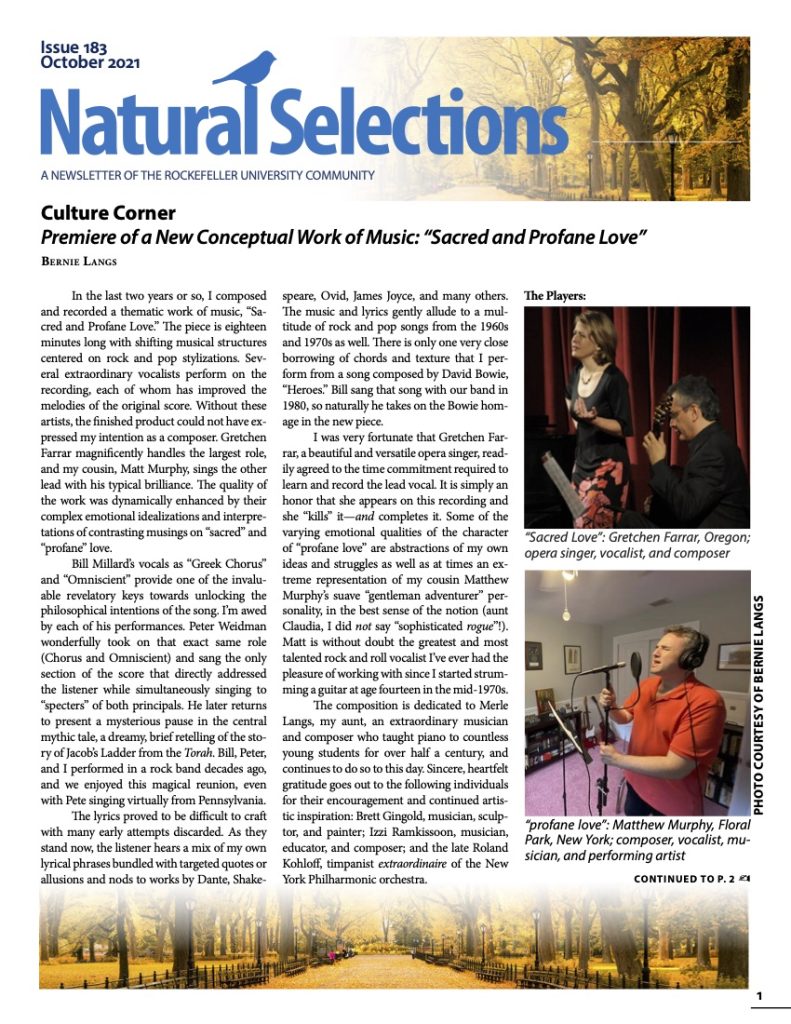by May Dobosiewicz

Quick—name how many wars are being fought in the world right now. At the time of writing, the Uppsala Conflict Data Program reported 32 ongoing armed conflicts. Is this fighting noble and just, or chaotic and deplorable? Are there good guys and bad guys?
Unless we live in the midst of such fighting and struggle ourselves, our notion of war is directly tied to what we see in newspapers, magazines, and online. Our perception of war can be shaped by a single image, whether it is propaganda used to manipulate the public, or a snapshot of torture that shifts public opinion against war. So easily can our minds be swayed on matters of conflict; it seems we do not understand war at all. Perhaps it is impossible to grasp every dimension of conflict, but this lack of understanding is why an exhibit like WAR/PHOTOGRAPHY: Images of Armed Conflict and Its Aftermath at the Brooklyn Museum is so important.
WAR/PHOTOGRAPHY is an exhibit unlike any I’ve ever visited. This collection of nearly 500 photos—some famous and others never previously displayed—was brought from the Museum of Fine Arts in Houston to New York in time for a Veterans Day weekend opening. With all of the photos squeezed into two rooms with angular walls, the exhibit forces the visitors to share personal space. Unexpectedly, this proximity enhances the experience. It compels you to listen to adults admitting ignorance, parents coaching their children through a difficult lesson on human nature, and strangers altering their breathing patterns as they react to the images before them. The exhibit intimately connects everyone in the room through the shared experience, which is reflective of how conflict can be unifying while inherently divisive.
The main focus of the exhibit is, of course, the war photography. While each conflict is unique, they all encompass similar actions and emotions. For this reason, the images from the last 166 years do not follow chronological order, but are instead arranged into 26 themes. Some themes are less innocuous than others; “Leisure Time,” “Support,” and “Medicine” depict card games, the presence of women in the workforce, and medical advances promoted by wartime demands. “Prisoners of War and Interrogations,” “Civilians,” and “Children,” on the other hand, contain some of the most penetrating images I have ever seen. I was not alone. It was clear that everyone felt strongly about seeing the anguish of people who looked as though they could have been on their way to a museum, or the cruel capabilities of children too young to know not to kill. These images are the reason for visiting this exhibit. As photographer John Phillips put it, covering such atrocities is crucial “because if man can do it then man must be strong enough to have a look at it. You can’t pretend it didn’t happen.” These photos highlight the side of war we wish we could ignore, the side of humans we wish did not exist. More than anything, the exhibit underlines the universality of war.
The photos in this exhibit are as multi-faceted as war itself. They depict war as being glorious and atrocious, orderly and frantic, expected and surreal. In the age of asymmetric warfare and drones, when killing overseas is akin to acquiring a target in a video game, we must look to exhibits like “WAR/PHOTOGRAPHY” to remind us of how personal and destructive war can be for everyone involved.
“WAR/PHOTOGRAPHY: Images of Armed Conflict and Its Aftermath” will be on display at the Brooklyn Museum until February 2, 2014. Hours and suggested contributions can be found at www.brooklynmuseum.org.

